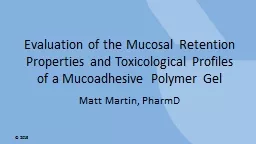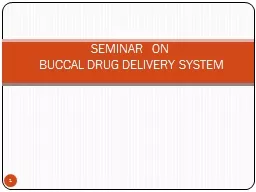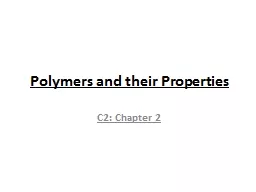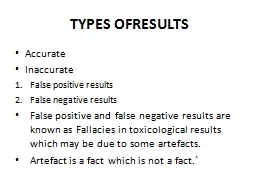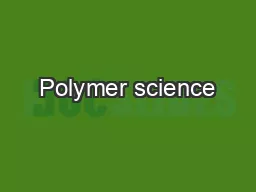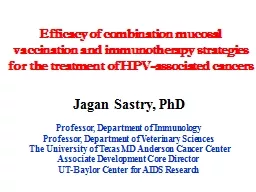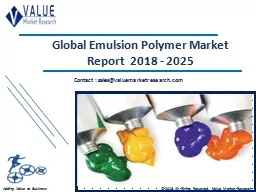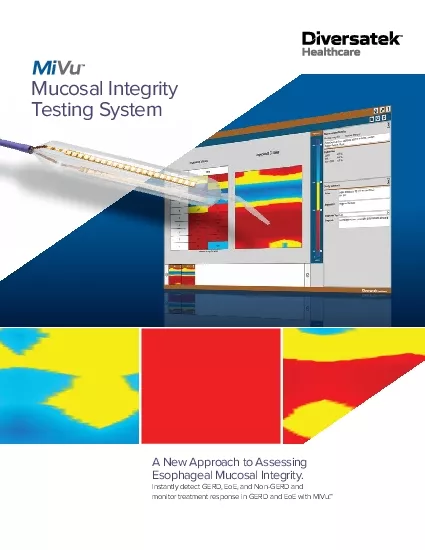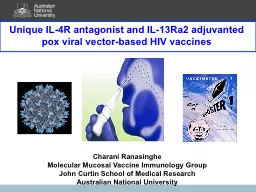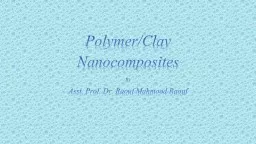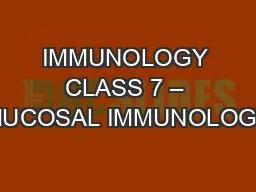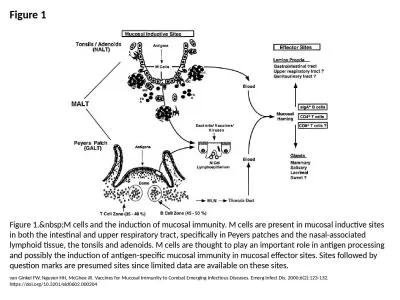PPT-Evaluation of the Mucosal Retention Properties and Toxicological Profiles of a Mucoadhesive
Author : mitsue-stanley | Published Date : 2019-01-23
Matt Martin PharmD Matt Martin PharmD BS in Chemistry 2002 Morehead State University Doctor of Pharmacy 2006 University of Kentucky College of Pharmacy Practiced
Presentation Embed Code
Download Presentation
Download Presentation The PPT/PDF document "Evaluation of the Mucosal Retention Prop..." is the property of its rightful owner. Permission is granted to download and print the materials on this website for personal, non-commercial use only, and to display it on your personal computer provided you do not modify the materials and that you retain all copyright notices contained in the materials. By downloading content from our website, you accept the terms of this agreement.
Evaluation of the Mucosal Retention Properties and Toxicological Profiles of a Mucoadhesive: Transcript
Download Rules Of Document
"Evaluation of the Mucosal Retention Properties and Toxicological Profiles of a Mucoadhesive"The content belongs to its owner. You may download and print it for personal use, without modification, and keep all copyright notices. By downloading, you agree to these terms.
Related Documents

